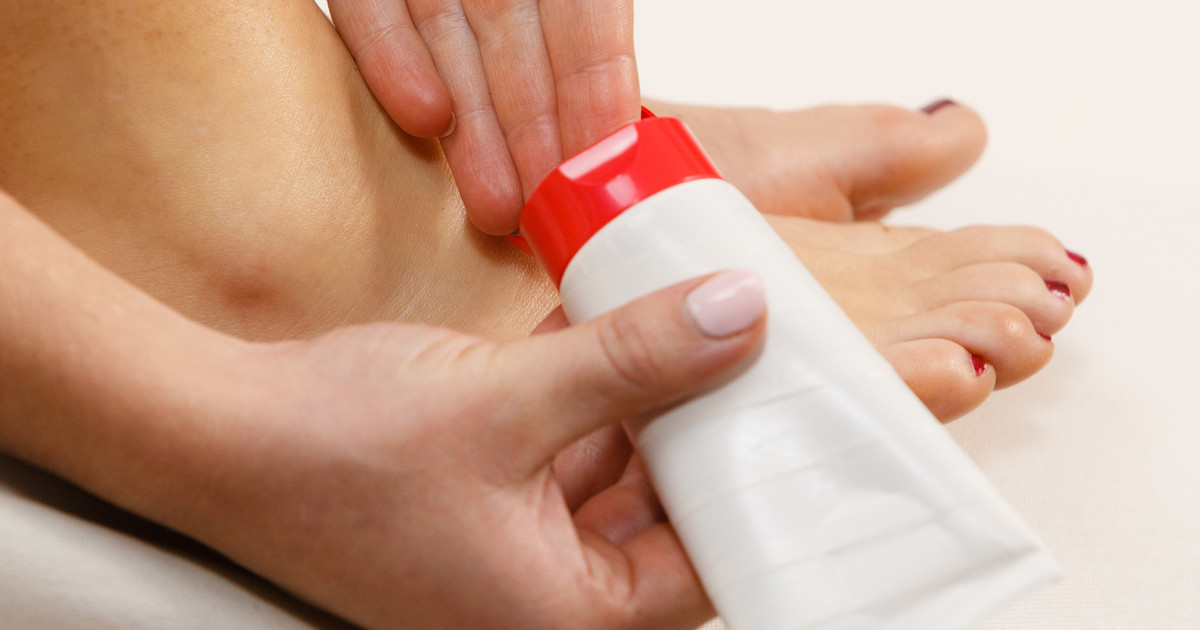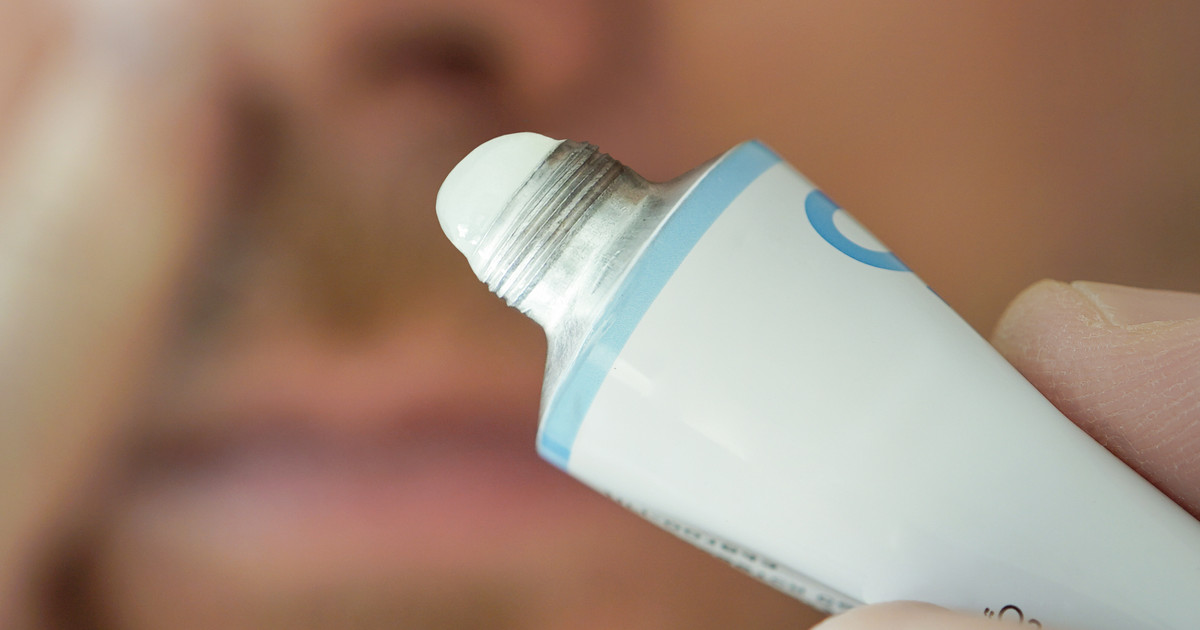What Are Some Common Antifungal Medications?
Antifungal medications may be able to treat many fungal infections. They seem to work by stopping the growth of the fungus or killing it. Most medications in this class seem to be topical ointments. However, oral tablets may be available for certain infections. Individuals considering these medications, though, may need some precautions. This may include reviewing their medical history and medication list. Their doctor should use this information to help patients avoid complications and medication interactions. It seems that treatment with antifungals lasts between two to four weeks. Sometimes patients may need to try several of them to see some benefits.
Antifungal medicine may be offered as an oral prescription for yeast infections. Some patients may take antifungal medicines for ringworm and athlete's foot as well. It also appears to be a common dandruff treatment, often as a prescription dandruff shampoo. Unfortunately, to have the best antifungal medicine, patients seem to need significant knowledge about all of their options first.
Clotrimazole
Clotrimazole seems to help treat fungal skin infections. Examples appear to be athlete's foot and ringworm. Pityriasis patients may take this antifungal too. Individuals seem to use the topical form of it the most. In these cases, they may apply the ointment twice daily with no bandage. Washing their hands after application appears to be recommended. Persistent infections may need additional help from a doctor. Lasting longer than four weeks seems to be the requirement for this. Some individuals may choose to take the oral form of this medication. It should help with mouth or throat yeast infections. Patients may take up to five tablets daily. They seem to need to let each tablet dissolve fully at a time. This should happen in thirty minutes.
However, side effects may occur with this medication. The common ones may include vomiting, itching, nausea, and mouth discomfort. An upset stomach seems to be common as well. Patients who see some side effects should consider consulting their doctor.
Learn about another possible antifungal medication now.
Econazole

Econazole appears to be another common antifungal. It also seems to be a common topical choice. Patients may apply it to their skin for athlete's foot and ringworm. However, more fungal infections may benefit. Yeast infections on the skin appear to be treated with this medication too. Tinea versicolor may trigger discolored skin. Patients dealing with this may be able to treat it with this antifungal. The application instructions seem to vary based on the condition being treated. For instance, patients with athlete's foot or ringworm may apply this cream once daily. However, ringworm may only need treatment for two weeks. Athlete's foot may need it for four weeks. Yeast infection patients, however, may need to apply this medication twice a day for two weeks. Tinea versicolor appears to require the same treatment as ringworm.
Unfortunately, this medication can trigger several possible side effects. It seems that patients deal with issues at the application site often. This may include stinging, redness, burning, or itching. Severe instances of these may merit an immediate doctor's call. The foam version of this medication may require additional precautions. This may include storing it away from the sun. It seems that using it away from heat and open flames can be vital too. Of course, patients may want to consider possible interactions too. This can include blood thinners, so they may wish to consult their doctor first.
Discover another antifungal medication that seems common now.
